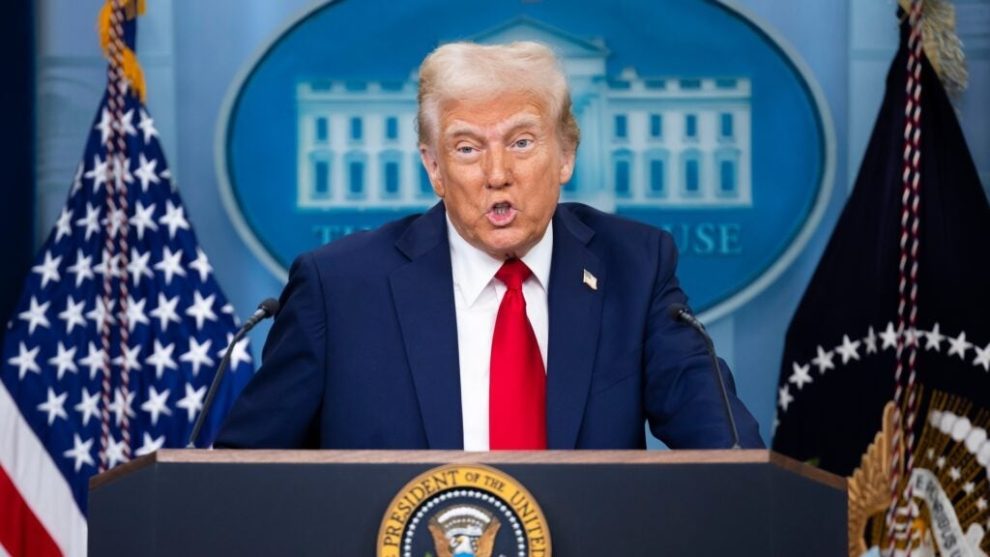The U.S. House narrowly passed President Donald Trump‘s sweeping tax-cut bill Thursday, triggering a spike in Treasury yields as investors reacted to the bill’s multi-trillion-dollar price tag and its long-term implications for debt sustainability.
The yield on 30-year Treasury bonds surged to 5.15% in early New York trading, marking the highest level since October 23, 2023.
The move came after the House approved the $3.8 trillion tax-and-spending package by a razor-thin 215–214 margin, with all Democrats and two Republicans voting against it, and one Republican voting present.
The bill, dubbed by Trump as the “one big, beautiful bill,” advances to the Senate, where a vote is expected before the July 4 recess. If enacted, it would enact broad tax cuts, increase spending, and lift the deficit trajectory by trillions over the next decade.
Debt Explosion In The Spotlight
JPMorgan Chase & Co. JPM CEO Jamie Dimon indicated that while Trump’s plan may help stabilize the business cycle, it does little to fix America’s fiscal path.
“I think the deficit will be large and probably growing,” Dimon told Reuters. “Governments can spend money and still fail to drive growth. Responsibility matters.”
Dimon echoed concerns shared by both credit analysts and institutional investors who say the long-term trajectory of U.S. debt could undermine confidence in Treasuries if spending continues unchecked.
The bill could increase the national debt—already at a record $36.2 trillion—by anywhere from $2.3 trillion to $5.7 trillion by 2034, depending on whether key tax breaks are extended, according to estimates from the Congressional Budget Office and the Committee for a Responsible Federal Budget.
“Stock investors may now be getting spooked that the bond market might be on the verge of a debt crisis,” said veteran investor Ed Yardeni, pointing to the recent Moody’s downgrade of U.S. sovereign credit and rising global bond yields.
Yardeni noted that the S&P 500’s 1.61% decline on Wednesday was already a reaction to the poorly received 20-year bond auction, and Thursday’s vote could accelerate concerns.
“Trump’s ‘Big Beautiful Bill’ could push deficits and debt into uncharted territory,” he said.
Is A Debt Crisis Inevitable?
Yardeni raised the possibility that bond vigilantes—investors demanding higher yields to compensate for rising fiscal risk—could push the 10-year Treasury yield above 5% in coming weeks.
Still, he said a full-blown debt crisis might not be catastrophic if it forces Washington toward fiscal discipline.
“In that case, a debt crisis would actually be a buying opportunity for stocks. Fasten your seat belts,” Yardeni said.
According to Yardeni, the Federal Reserve could reserve a new Quantitative Easing (QE) to alleviate the Treasury’s financing pressures.
Another option could be shifting Treasury issuance toward short-term bills, as seen under Janet Yellen’s 2023 playbook, which may temporarily ease pressure on long-term yields without requiring Fed intervention.
Yet, the Treasury’s so-called Yield Curve Control makes U.S. debt far more sensitive to interest rate swings, increasing rollover risk as more debt matures faster.
With federal debt already at $36.2 trillion, even modest rate hikes could sharply raise borrowing costs, amplifying concerns about long-term fiscal sustainability.
Read now: Hedge Funds Are Building A Towering Wall Of Bets Against Stocks
Photo: Shutterstock










Add Comment